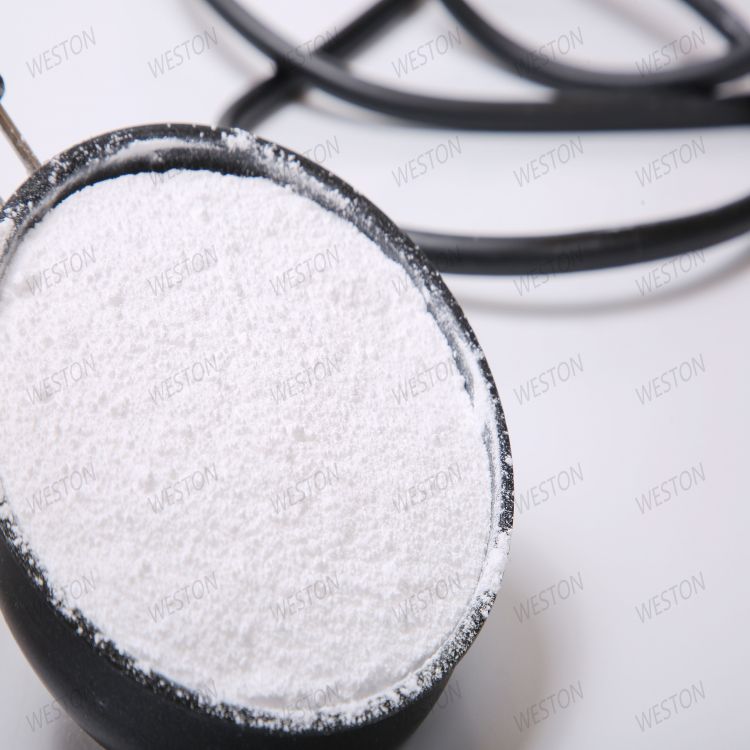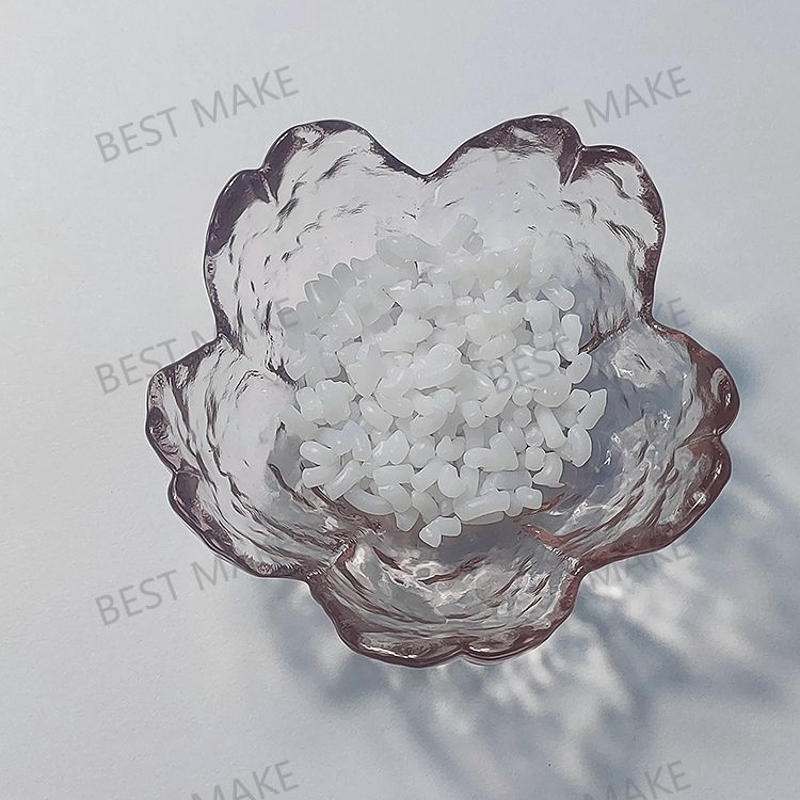-
Categories
-
Pharmaceutical Intermediates
-
Active Pharmaceutical Ingredients
-
Food Additives
- Industrial Coatings
- Agrochemicals
- Dyes and Pigments
- Surfactant
- Flavors and Fragrances
- Chemical Reagents
- Catalyst and Auxiliary
- Natural Products
- Inorganic Chemistry
-
Organic Chemistry
-
Biochemical Engineering
- Analytical Chemistry
- Cosmetic Ingredient
-
Pharmaceutical Intermediates
Promotion
ECHEMI Mall
Wholesale
Weekly Price
Exhibition
News
-
Trade Service
Studying the reaction mechanism and exploring the microscopic process of the reaction is of great significance for understanding the macroscopic nature of chemical reactions
.
The equilibrium assumption method and steady-state approximation method are usually used to derive the reaction rate equation
1) Balance assumption method
The equilibrium assumption method is to assume that the reactants and products of the fast reaction step are in an approximate equilibrium state
.
E.
2H 2 +2NO=2H 2 O+N 2
The experimentally measured rate equation is
r=k[H 2 ][NO] 2
It shows that the reaction is definitely not a elementary reaction, because the rate equation measured by the experiment is inconsistent with the rate equation written in the elementary reaction
.
Based on experimental information, people infer that the reaction may undergo the following elementary steps
NO+NO=N 2 O 2 (fast) (1)
N 2 O 2 +H 2 =N 2 O+H 2 O (slow) (2)
N 2 O+H 2 =N 2 +H 2 O (fast) (3)
Steps (1) and (3) are fast reactions, which quickly reach equilibrium, and step (2) is a slow reaction, which is the rate control step of the reaction.
Therefore, the reaction rate in this step should be the rate of the entire reaction
.
and so
r=k 2 [N 2 O 2 ][H 2 ]
According to the principle of equilibrium assumption
r 1+ = r 1-
which is
k 1+ [NO][NO]=k 1 -[N 2 O 2 ]
Organize, get
and so
make
The reaction rate equation is
r=A[NO] 2 [H 2 ]
2) Steady state approximation method
The steady-state approximation method regards the generation rate of the intermediate product and the consumption rate as approximately equal, and the net rate of the intermediate product generation when the reaction reaches this steady state is zero
.
E.
g
2NO+O 2 =2NO 2
The experimentally measured reaction rate equation is
r=k[NO] 2 [O 2 ]
It has been suggested that the reaction may undergo the following elementary steps
2NO=N 2 O 2 (fast) (1)
N 2 O 2 =2NO (fast) (2)
N 2 O 2 +O 2 =2NO 2 (slow) (3)
Step (3) is a slow reaction, so the reaction rate is
r=k 3 [N 2 O 2 ][O 2 ]
According to the steady-state approximation method, the fast step (1) generates the intermediate product N 2 O 2 , the fast step (2) consumes the intermediate product N 2 O 2 , and the two fast steps proceed quickly before the slow step (3), which can be approximately It is believed that [N 2 O 2 ] is stable
.
So there is
k 1 [NO] 2 -k 2 [N 2 O 2 ]=0
and so
Substituting into the rate equation of the speed control step, we get
r=k[NO] 2 [O 2 ]
Where







